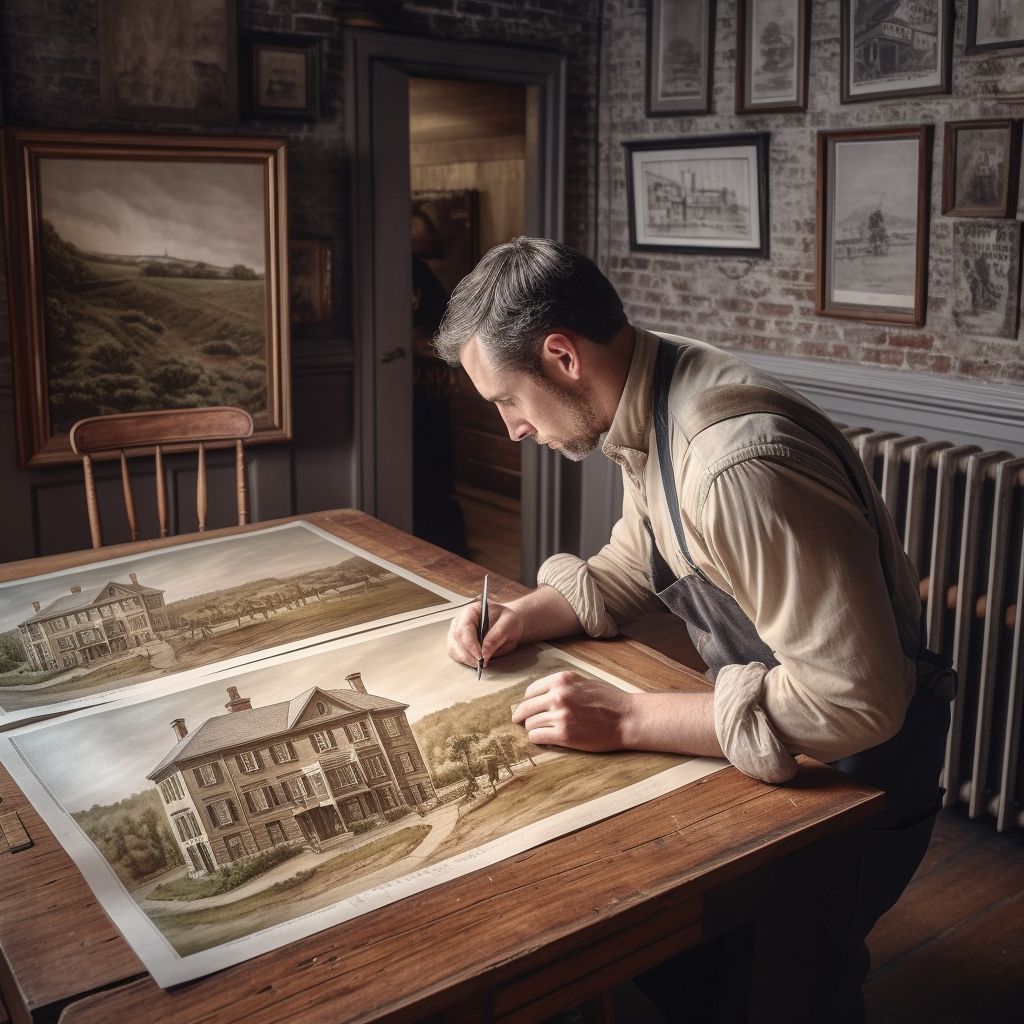Architect
The architect profession stands at the intersection of art and science, where creativity meets practicality. Architects are responsible for designing and planning buildings and structures that are both functional and aesthetically pleasing. By 1880, the profession has evolved significantly, with new architectural styles and advancements in construction techniques shaping the built environment. This article will explore the history of the architect profession, focusing on the developments and innovations in 19th century architecture.
Origins of Architecture
The origins of architecture can be traced back to the dawn of Human civilization, with ancient cultures such as Egypt, Mesopotamia, and Greece erecting monumental structures that showcased their prowess in design and engineering. The Middle Ages saw the rise of Gothic architecture, characterized by its pointed arches, ribbed vaults, and flying buttresses. The Renaissance period, on the other hand, embraced the ideals of symmetry, proportion, and harmony, with architects such as Filippo Brunelleschi and Leon Battista Alberti leading the way.
19th Century Architectural Styles and Innovations
The 19th century witnessed significant advancements in the field of architecture, with the emergence of new styles and innovations that continue to shape the profession. Some of the most notable developments during this period include:
The Gothic Revival: Inspired by the medieval Gothic style, the Gothic Revival emerged in the early 19th century, with architects such as Augustus Pugin and Eugène Viollet-le-Duc championing its revival. This style was particularly popular in the design of churches, universities, and other public buildings.
The Industrial Revolution: The rapid industrialization of the 19th century brought about significant advancements in construction techniques and materials, such as the use of cast iron, steel, and glass. Architects such as Joseph Paxton, who designed the Crystal Palace for the Great Exhibition of 1851, showcased the potential of these new materials in creating vast and open structures.
The Beaux-Arts Style: Originating in France, the Beaux-Arts style gained popularity in the United States in the late 19th century, with architects such as Richard Morris Hunt and Charles Follen McKim embracing its principles. This style favored grandiosity, symmetry, and classical ornamentation, often drawing inspiration from ancient Greek and Roman architecture.
The Chicago School: The Great Chicago Fire of 1871 paved the way for a new approach to urban architecture, with architects such as William Le Baron Jenney, Daniel Burnham, and Louis Sullivan developing the first skyscrapers using steel-frame construction. This innovative approach to building design would lay the foundation for modern architecture in the 20th century.
Conclusion
The architect profession in the 19th century has witnessed rapid advancements and innovations that have left an indelible mark on the built environment. As we continue to push the boundaries of design and construction, the architect's role in shaping the spaces in which we live, work, and play remains as crucial as ever.
Type
Architecture

